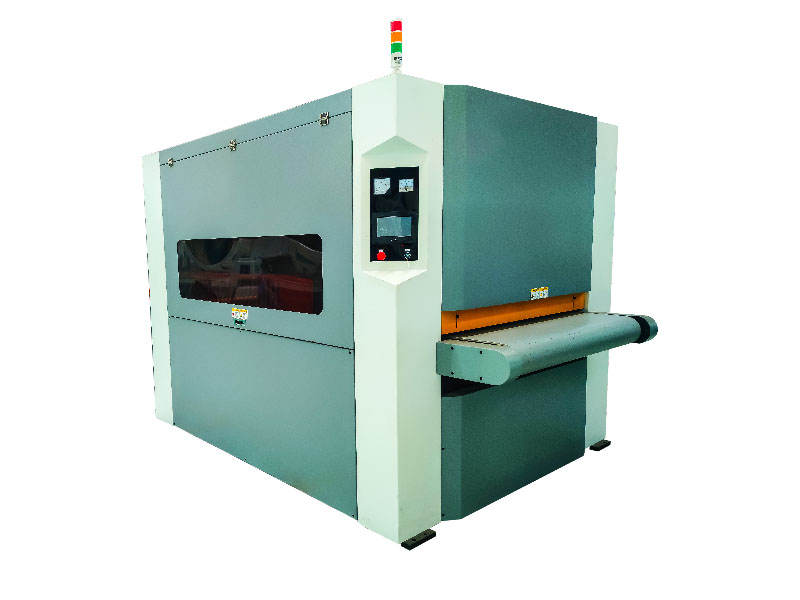The causes of burrs in stamped parts
During the production process of stamped parts, there may be varying degrees of burrs, and it is difficult to avoid such adverse situations caused by stamping. The factors that affect the generation of burrs in stamped parts include: clearance between the convex and concave molds, mold accuracy, and material supply status.
The main reasons for burrs in stamped parts are:
1. Excessive, small, or uneven punching clearance can result in burrs
2. Blunt or gnawed edges can produce burrs.
3. Improper punching status, such as poor contact between the blank (including intermediate parts) and the convex or concave mold, can also cause burrs during the punching process due to the height of the workpiece being lower than the positioning relative height when trimming and punching holes with improper positioning relative height.
4. Improper mold structure
5. The material does not comply with the process regulations, the material thickness is severely out of tolerance, or the use of wrong materials (such as incorrect steel grades) causes unreasonable relative gaps, resulting in burrs in the workpiece.
6. The craftsmanship of the parts is poor, and the complex shape with protruding or concave sharp corners is prone to burrs due to rapid wear.

The occurrence of burrs in stamped parts is unavoidable during the stamping process, and can only be reduced by improving the production process of the stamping plant, optimizing the production conditions of stamped parts, and closely cooperating with designers and processors to reduce the occurrence of burrs
Raw burrs. For burrs that have already occurred, methods such as filing, electrolysis, rolling, and grinding can be used to reprocess the area
To eliminate burrs that have already been generated.
The deburring machine utilizes a universal roller brush and a wide sand belt mechanism to perfectly remove burrs and wire drawing from stamped parts, saving time and effort for the entire process.

